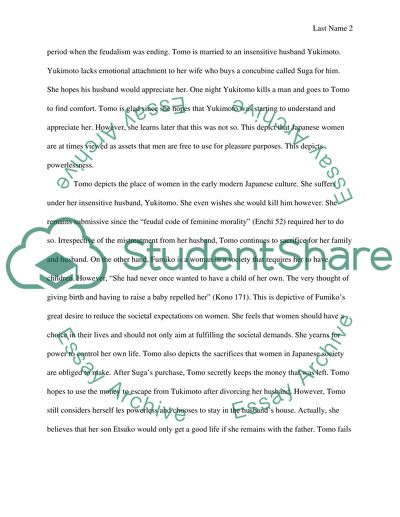Cite this document
(“Depiction of Women Power in Waiting Years and Ants Swarm Essay”, n.d.)
Depiction of Women Power in Waiting Years and Ants Swarm Essay. Retrieved from https://studentshare.org/literature/1464941-depiction-of-women-power-in-waiting-years-and-ants-swarm
Depiction of Women Power in Waiting Years and Ants Swarm Essay. Retrieved from https://studentshare.org/literature/1464941-depiction-of-women-power-in-waiting-years-and-ants-swarm
(Depiction of Women Power in Waiting Years and Ants Swarm Essay)
Depiction of Women Power in Waiting Years and Ants Swarm Essay. https://studentshare.org/literature/1464941-depiction-of-women-power-in-waiting-years-and-ants-swarm.
Depiction of Women Power in Waiting Years and Ants Swarm Essay. https://studentshare.org/literature/1464941-depiction-of-women-power-in-waiting-years-and-ants-swarm.
“Depiction of Women Power in Waiting Years and Ants Swarm Essay”, n.d. https://studentshare.org/literature/1464941-depiction-of-women-power-in-waiting-years-and-ants-swarm.


